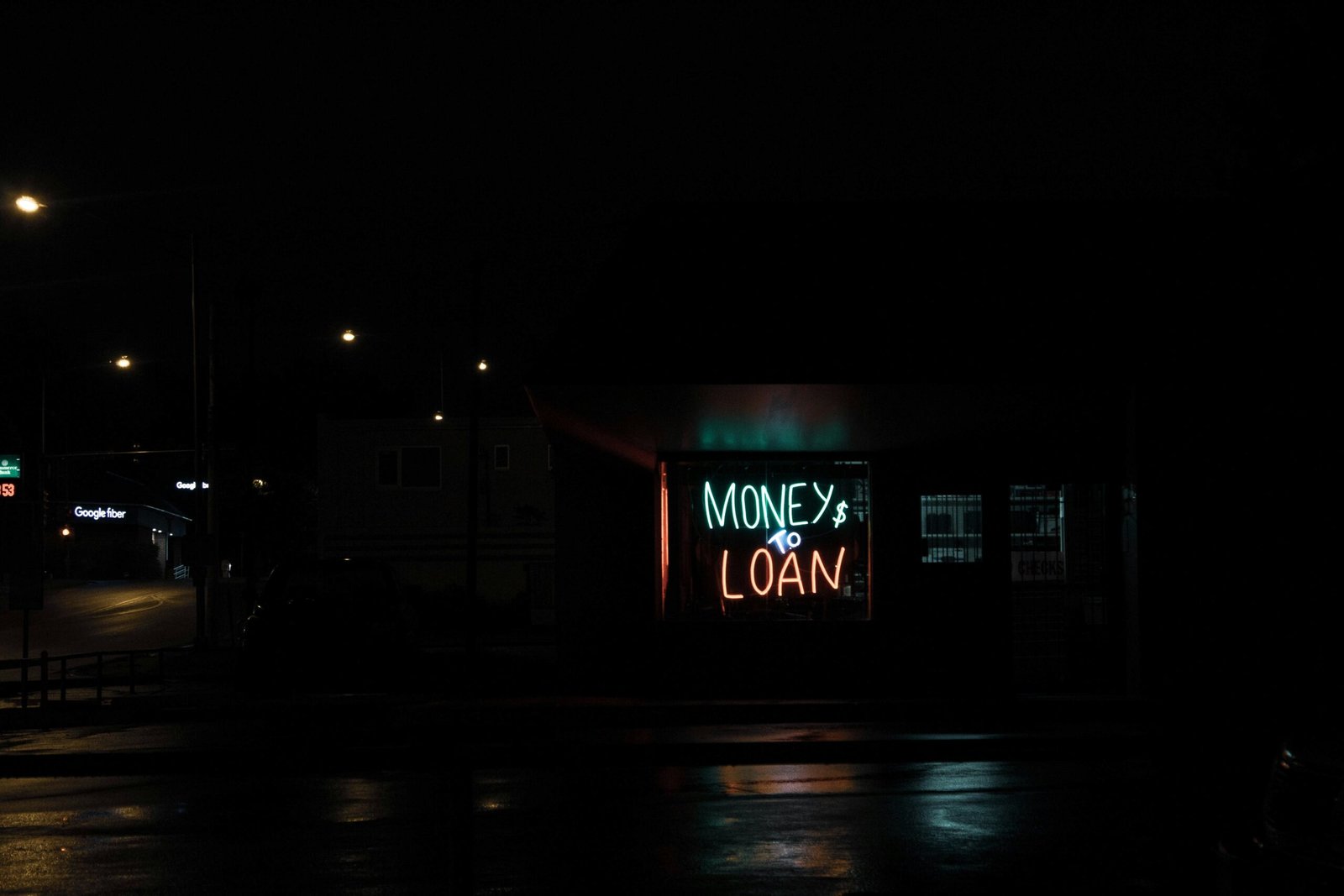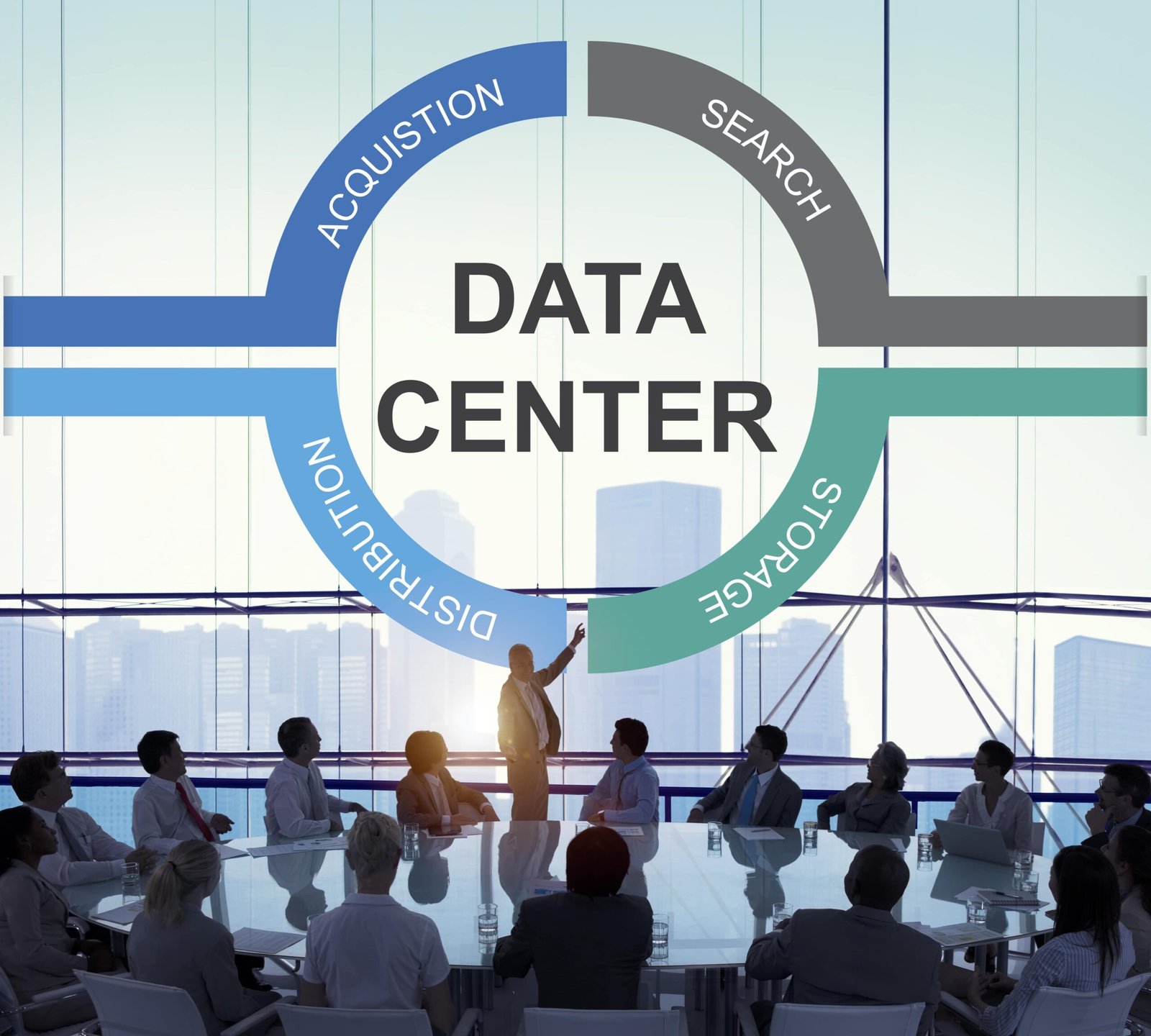 Being unemployed often feels like walking in a fog, uncertain, cold, and risky. Yet, sometimes money is needed urgently: for repairs, bills, or emergencies. In 2025, there are loan options for unemployed people, though they are limited and come with challenges.
Being unemployed often feels like walking in a fog, uncertain, cold, and risky. Yet, sometimes money is needed urgently: for repairs, bills, or emergencies. In 2025, there are loan options for unemployed people, though they are limited and come with challenges.
This article walks you through how these loans work, their pros and cons, and tips to stay safe.
Why Lenders Hesitate
Lenders are like cautious gardeners. They don’t want to plant seeds in rocky land. Being unemployed signals risk: no steady salary to guarantee repayments. Because of that, many mainstream lenders won’t offer loans to those without employment. Even if some do, the interest can be very high.
Still, some lenders SPECIALIZE in “loans for the unemployed” or “loans for people on benefits.” They look at benefit income, other payments, or guarantee you have something to repay from. For example, NerdWallet notes that lenders may count benefit payments as income in certain cases.
Types of Loan Options Available
Here are common categories of loans or credit options for people who are unemployed:
-
Government / Benefit-based Advances or Budgeting Loans
In the UK, for some people on benefits, you can apply for a Budgeting Loan or Budgeting Advance to cover essential costs.
-
Credit Union Loans
Credit unions are member-based lenders. They often offer fairer rates and some flexibility. Even unemployed members may qualify if they are part of the credit union.
-
Specialist Lenders
Some firms advertise loans for unemployed people. For example, Cockle Finance claims they can match you with a lender even if you are unemployed and may use your benefits or other income proof.
-
Loans for People on Benefits
Some lenders specifically cater to people receiving government benefits. These usually have higher interest or stricter terms, but they may work when other loans won’t.
-
Alternative Support / Grants
When a loan is risky, a grant or non-repayable help may be better. Local councils, charities, or housing associations sometimes give emergency support.
What Lenders Check Before Approval
Even in 2025, lenders must see proof you can manage repayments. These are things they look at:
- Do you have benefits or other stable income like a pension, disability, or support payments?
- Do you have a bank account where money flows in and out?
- What are your monthly expenses? They will subtract your outgoings to see what’s left.
- What is your credit history? Even if you are unemployed, if your past record is clean or you managed debt well, you might be trusted.
- Do you have collateral or a guarantor (rare in “for unemployed” loans, but sometimes useful)?
Ocean Finance states that while being unemployed is a barrier, it’s not impossible—lenders may consider your overall circumstances.
Advantages & Dangers
Advantages
- Emergency access: You may get money when you really need it, to pay for essentials.
- No delay from job status: The loan doesn’t wait for you to have a full-time job again.
- Possibility of improving credit: If you repay well, your score might improve.
Dangers
- Very high interest rates: The cost can be steep.
- Smaller loan amounts: Lenders are cautious, so they limit sums.
- Risk of default: Without income, missing payments is easier, leading to penalties.
- Scams or unscrupulous lenders: Some “loans for unemployed” are traps. Always check regulations.
- Fees and hidden charges: The fine print may hide big costs later.
Uswitch warns that these kinds of loans are riskier and more expensive than normal loans.
Tips to Borrow Safely if Unemployed
If you consider a loan while unemployed, use these safety tips:
- Only borrow the minimum amount you need.
- Read all terms, interest, penalties, and repayment schedule.
- Check that the lender is regulated or licensed.
- Avoid applying to many lenders at once, as you’ll get many credit checks, which hurts your record.
- Plan how you will repay: maybe using savings, benefits, or future income.
- Ask if the lender will pause payments if your circumstances worsen.
When You Should Avoid Taking a Loan
If your expenses already exceed your income or benefits, then taking on another debt is like adding weight to a burden you already carry. If you have no plan for repayment, skip the loan and seek alternatives: grants, charity, benefit advances, or help from family.
If loans for unemployed people are your only option, think hard and act carefully.
What the Future Looks Like
In 2025 and going forward, a few trends may change how loans for the unemployed work:
- More digital lenders are using technology and AI to assess applicants quickly, even without regular jobs.
- Growth of peer-to-peer lending or community finance groups that may take a softer approach to risk.
- Strong regulation to curb payday-style lenders targeting vulnerable people.
- More government safety nets: interest-free advances, or state-backed programs to reduce reliance on risky private loans.
These changes could make borrowing while unemployed safer, but risks will always remain.
Summary & Final Advice
Loans for unemployed people in 2025 are possible but tricky, like walking a tightrope. You must balance your need for money with the danger of debt.
If you go ahead, use trusted lenders, borrow small amounts, plan your repayments, and double-check every condition. If possible, look for alternatives, such as benefit advances, credit union loans, or support from charities.
Understanding how these loans work, what lenders look at, and what risks lie ahead gives you a better chance to make safe, wise choices rather than being pushed into a trap.








